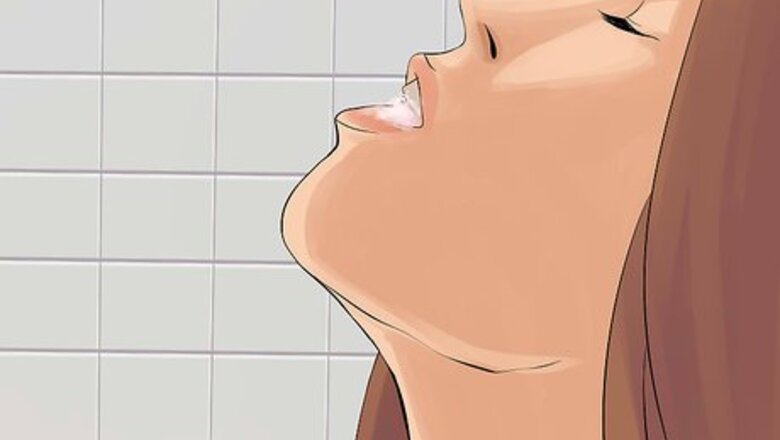
views
Swishing Liquids to Clean Your Teeth
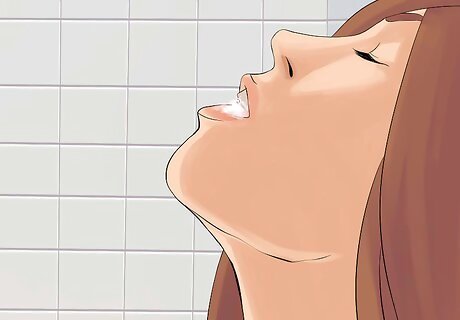
Rinse your mouth with water immediately after eating. Removing any leftover food or residue from your teeth will help prevent stain and decay. This is an especially good idea if you're away from home and can't squeeze in a good tooth-brushing. Drinking water throughout the day and rinsing with clean water after meals is the most underrated method of overall oral health. Always avoid brushing right after very acidic foods, which can weaken your enamel. Instead, rinse with water.
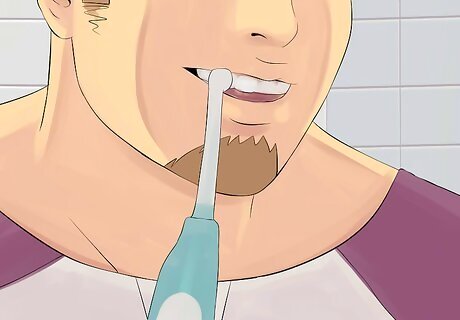
Use a water pick to pressure-wash your teeth. A water pick helps blast stuck-on food from the surface and between the crevices of the teeth and gums. It's an excellent and healthy way to cleanse your mouth after meals.
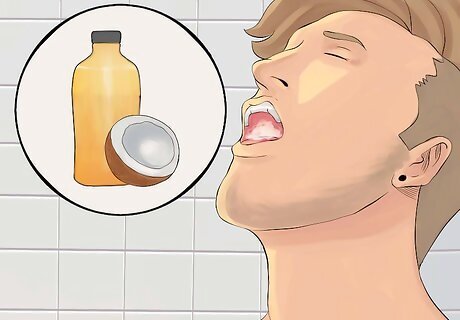
Try oil pulling. Oil pulling is an Ayurvedic remedy in which you swish oil in your mouth to remove harmful germs and bacteria from your mouth. It also whitens teeth and freshens breath. Take a spoonful of oil and swish it in your mouth for 5 minutes to gain the benefits. If you can, try to swish the oil longer, for 15-20 minutes. To make sure the oil absorbs and detoxifies as much bacteria as possible, aim to do this with an empty stomach. Spit it out and wash your mouth thoroughly, preferably with lukewarm water. Coconut and olive oil are good choices.
Caring for Your Teeth
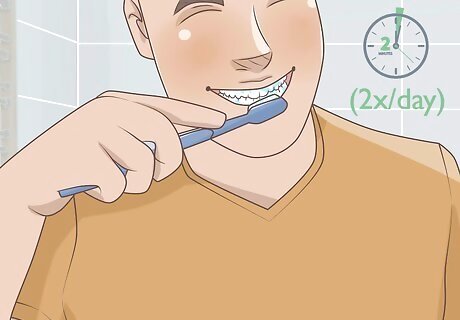
Brush your teeth for 2 minutes at least twice a day. Use gentle, circular motions to brush the surface of your teeth at the front and the back of your mouth. Hold the brush at a 45-degree angle where your teeth meet the gums and use smooth back-and-forth motions. Then, use the tip of your brush to clean the interior side of your teeth. Turn the brush vertically and rub up and down across the front teeth. Brush every surface of each tooth 2-3 times to clean them. Brush your teeth for at least 2 minutes every time you brush. There is no adequate replacement for brushing your teeth. This is hands down the best way to remove plaque, food residue, and keep your mouth happy and clean.
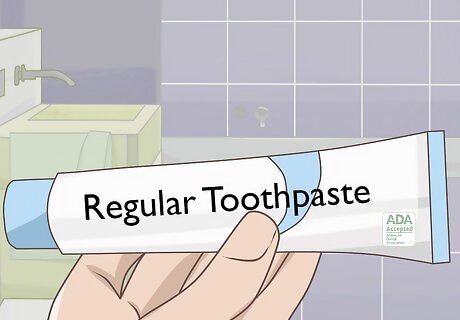
Use regular toothpaste to clean your teeth effectively. The toothpastes you see marketed as “natural” are typically identical to standard toothpaste except they don’t have fluoride or food coloring. Neither fluoride nor food coloring are bad for your teeth to begin with, so there’s no real benefit to brushing without them. Outside of any artificial colors and flavoring, there usually aren’t any unnatural ingredients in toothpaste. Basically everything you find in your standard toothpaste is natural and safe. Look for toothpaste with the American Dental Association’s (ADA) Seal of Acceptance. These toothpastes will always be high-quality.Did You Know? "Natural" toothpaste isn't as effective at cleaning your teeth as toothpaste with fluoride. Plus, there’s nothing harmful about fluoride. It is naturally found in water, so you’re not introducing any synthetic chemicals into your mouth when you use fluoridated toothpaste.
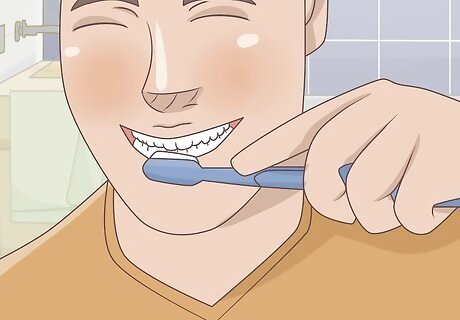
Brush your teeth with an empty toothbrush if you don’t use toothpaste. If you don't want to use a fluoride-based toothpaste, you can still use a toothbrush to remove the plaque and food residue in your mouth. Run the toothbrush under water and brush your teeth the way you normally would. Rinse your mouth out with water after brushing. You can use a fluoride-free toothpaste if you’d like, but it’s not doing anything other than making your breath fresher. This is not nearly as effective as using a fluoride-based toothpaste. It’s still better than doing nothing, though!
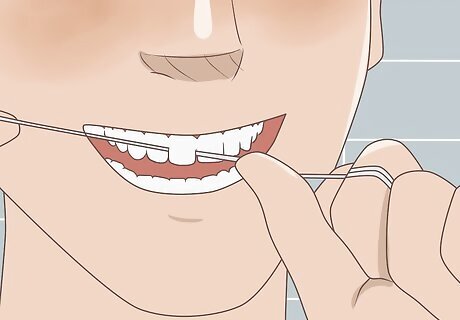
Floss daily to remove food residue and plaque between your teeth. Pull out a 6–8 in (15–20 cm) length of floss. Slide the floss between 2 teeth and gently pull the floss against the side of the tooth while moving the floss back and forth. Do this 4-5 times. Then, pull it gently in the other direction to clean the other side of the tooth. Do this for each gap in your teeth to remove everything stuck in between your teeth. It only takes 4-5 minutes to floss and it’s a great way to keep your teeth naturally clean! Floss your teeth after brushing your teeth at the end of the day. Floss is typically made with nylon or Teflon. There are organic flosses that you can use instead if you’re looking for a natural option. It shouldn’t matter, though. You’re only rubbing your teeth with it and you aren’t ingesting anything when you floss. EXPERT TIP Pradeep Adatrow, DDS, MS Pradeep Adatrow, DDS, MS Board Certified Dentist & Oral Surgeon Dr. Pradeep Adatrow is the only board certified Dentist, Periodontist, and Prosthodontist in the southern United States. With over 15 years of experience, Dr. Adatrow specializes in dental implants, TMJ treatments, periodontal plastic surgery, surgical and non-surgical periodontics, bone regeneration, laser treatments, and soft tissue and gum graft procedures. He received a BS in Epidemiology and Biostatistics from the University of Alabama and earned his Doctor of Dental Surgery (DDS) degree from the University of Tennessee College of Dentistry. Dr. Adatrow then completed a three-year postgraduate program in periodontics and implantology at Indiana University and went on to complete another three-year postdoctoral program in advanced prosthodontics from the University of Tennessee. He also serves as a full-time professor and the Director of Surgical Prosthodontics at the University of Tennessee. Dr. Adatrow received the Dean's Junior Faculty Award and the John Diggs Faculty Award, and he was inducted into the Deans Odontological Society. He is board certified by the American Board of Periodontology and is a Fellow of the prestigious International College of Dentistry – a feat that only 10,000 others worldwide can claim. Pradeep Adatrow, DDS, MS Pradeep Adatrow, DDS, MS Board Certified Dentist & Oral Surgeon Produce naturally cleans teeth. Fruits and vegetables aren't just healthy — they naturally clean your teeth, too. Crunchy, fibrous foods like apples, carrots, and celery scrub away particles and boost saliva flow. This self-cleaning defends against decay and gum disease. Make them a staple for a double dose of whole-body and oral health.
When to Seek Medical Care
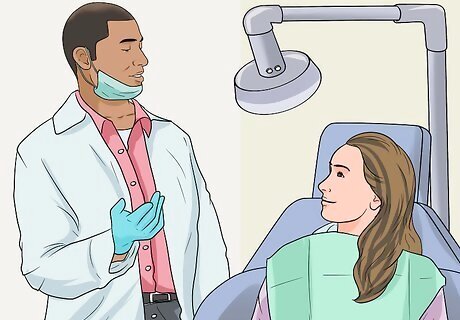
Keep regular checkups and cleaning appointments with your dentist. Seeing your dentist regularly is a vital part of maintaining good dental health. Not only can your dentist help keep your teeth clean, but they can also look for signs of dental decay and treat them before they become serious. Ask your dentist how frequently you should come in for exams and cleanings. Some dentists recommend coming in every 6 months, while others recommend yearly appointments. You may need to see your dentist more often if you have any dental health problems. Your dentist may take X-rays to check for hidden cavities and other problems that aren’t easy to spot with a visual exam.
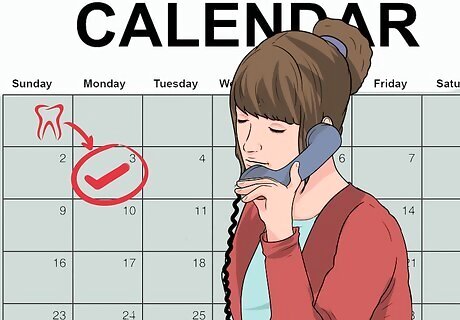
Call your dentist if you have tooth pain or other troublesome symptoms. Untreated dental problems can lead to more severe decay and other health issues. If you have a toothache, make an appointment with your dentist for a diagnosis and treatment. You should also call your dentist if you have symptoms such as: Bleeding, swelling, or redness in your gums Gums that appear to be pulling away from your teeth Permanent teeth that feel loose Pain in your teeth when you chew or eat hot or cold substances Bad breath or unpleasant tastes in your mouth
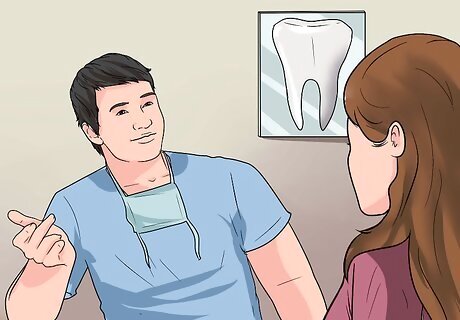
Get emergency dental care for broken teeth or a serious infection. If one of your adult teeth breaks or falls out, this is considered a dental emergency. Call your dentist’s emergency number or search for an emergency dental clinic. You should also call them if you have symptoms of a severe infection, such as: Swelling in your jaw or under your tongue Difficulty swallowing Tooth pain that is so severe that it keeps you awake or doesn’t get better with over-the-counter painkillers














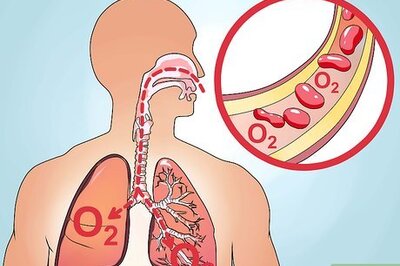


Comments
0 comment